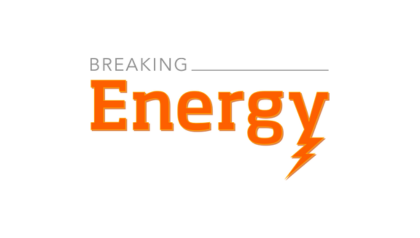It is that simple, yet not simple
Between 2006 and 2009, Texas installed roughly 7 GW of wind capacity, nearly all in West Texas, where it is windy. But since there is virtually no load in the area, nearly all generated power had to be transmitted to major load centers in the South and East of state, including Dallas/Fort Worth, Houston, San Antonio, Austin and Waco.
Texas, like many other regions of the world with rising levels of renewable generation, however, did not have sufficient transmission capacity to move the cheap and plentiful wind energy to where it was needed. Moreover, since wind generators could get production tax credits (PTC) for generation, they were willing to bid their output into the competitive market operated by the Electric Reliability Council of Texas (ERCOT) at negative prices, a common occurrence around the world.
Little curtailment and virtually no negative prices in Texas
This not only resulted in frequent congestion on transmission lines during windy periods but also wind curtailment – which basically meant that ERCOT could not take the cheap or negative priced wind simply because it could not deliver it to where it was needed.
The answer was more transmission lines. To its credit, Texas Public Utility Commission (TPUC) acknowledge the need for additional transmission investments and, in 2008 designated 5 areas with a lot of wind potential as Competitive Renewable Energy Zones or CREZ. The Commission subsequently authorized a number of projects to build 3,500 miles of transmission lines to address the problem. The costs were essentially socialized, to use a term occasionally used by those who do not like the practice of spreading the costs across all consumers regardless of who specifically gains and who does not.

Source: Matthew Karnitschnig, Germany’s Expensive Gamble on Renewable Energy, The Wall Street Journal, 27 Aug 2014
These projects, mostly completed by 2013 at a cost of around $7 billion, allow ERCOT to transfer more wind generated power from West Texas, greatly reducing the incidence of negative prices and substantially reducing the need to curtail wind when it is available.
Texas now has over 12 GW of installed wind capacity, more than any other state and produced 13% more wind in 2013 than the year before.
As reported in a recent article in The Wall Street Journal, virtually an identical problem is now afflicting Germany, where massive amounts of wind capacity is installed in the windy north, both on-shore and increasingly off-shore, while the major load centers are mostly in the middle of the country or in the South.
As Germany proceeds on its Energiwende or energy turnaround, its nuclear fleet is being phased out by 2022 and its thermal generation gradually replaced with more renewable generation (graph above).
Think of it as an electric autobahn

Source: Matthew Karnitschnig, Germany’s Expensive Gamble on Renewable Energy, The Wall Street Journal, 27 Aug 2014
To keep the network reliable and to integrate the rising proportion of renewables, Germany has to do exactly as Texas did – build more North-South transmission lines. But while West Texas is mostly open country with sparse population, Germany is densely populated along any North-South corridor, which means lots of public opposition.
A planned 500-mile-long north-south corridor called Stromautobahn or electricity highway, highlighted in the WSJ article, is expected to carry North Sea’s wind bounty from North of Hamburg to Grafenrheinfeld South-east of Frankfurt. At a recent public meeting to discuss the line, representatives of TenneT, the company proposing to build the transmission line faced hordes of angry protesters carrying signs saying “Stop the power-line madness.” The greens in Germany, like those elsewhere, want to have their cake and eat it too.
Published Originally in EEnergy Informer: The International Energy Newsletter October 2014 Issue.


